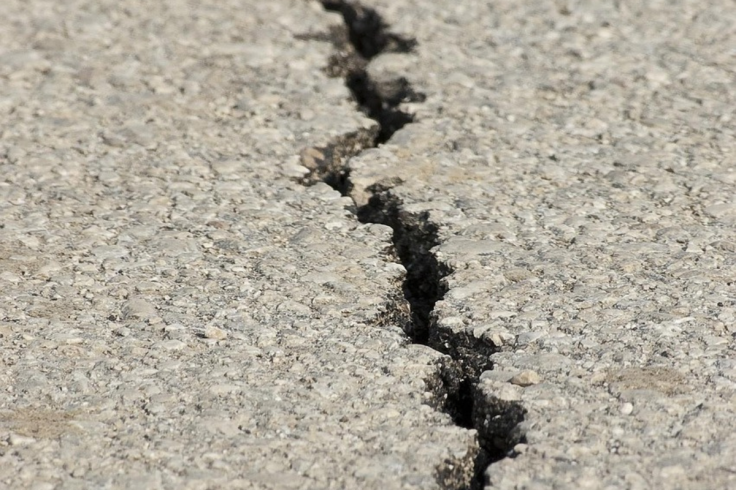San Ramon Earthquake: Are the San Andreas and Hayward Faults Breaking Open?

KEY POINTS
- A magnitude 3.3 earthquake struck near San Ramon along the Calaveras Fault, with no reported damage or injuries.
- The tremor followed a recent cluster of small quakes in the same area, highlighting ongoing seismic activity in the East Bay.
- Experts from the USGS and regional universities confirm there is no evidence the San Andreas or Hayward faults are 'breaking', noting the event was typical for the region
A 3.3-magnitude earthquake shook San Ramon late Monday night, giving residents across the East Bay a brief jolt but causing no reported damage or injuries. According to the US Geological Survey, the quake struck at 10:47pm PST at a depth of 5.6 miles, centred along the Calaveras Fault, a major branch of the San Andreas system.
Reports of light shaking came in from Dublin, Danville, Walnut Creek, Pleasanton and surrounding communities. The tremor follows a series of small quakes on 9 November, when eight earthquakes — including a 3.8 — rattled the same region.
Despite the frequency, seismologists emphasise that this level of activity is normal for one of the most geologically active corridors in North America.
What Scientists Say About the San Ramon Quake
Experts stress that the quake does not indicate that the San Andreas or Hayward faults are 'breaking open'.
The Calaveras Fault — where Monday's quake struck — regularly produces small to moderate earthquakes. USGS modelling shows the northern Calaveras segment creeps at only 2–3 mm per year, while the central section can creep up to 14 mm per year, absorbing strain without producing larger ruptures.
Historically, the central Calaveras has produced quakes up to magnitude 6.2, including the Morgan Hill (1984) and Coyote Lake (1979) events.
Are the San Andreas and Hayward Faults Linked?
While concerns circulate online whenever a Bay Area quake hits, scientific research shows that the major fault systems do interact — but not in a way that suggests they are actively breaking.

A 2024 study published in Geosphere found geological evidence that the Cascadia Subduction Zone and the northern San Andreas Fault have produced several earthquakes within decades — and sometimes potentially within days — of each other over the past 3,000 years.
Lead author Chris Goldfinger, a marine geologist at Oregon State University, described the synchronisation effect as similar to tuning an old radio:
'When you tune an old radio, you're essentially causing one oscillator to vibrate at the same frequency as the other one. When these faults synchronise, one fault could tune up the other.'
However, the study is clear:
- These linked quakes occur over centuries, not days.
- The faults are not currently showing signs of imminent linked rupture.
- Most events remain independent — including the 1906 San Francisco earthquake.
Does the Recent Activity Signal a Bigger Event?
UC Berkeley's Seismological Lab notes that the Hayward Fault alone has a 33% chance of producing a magnitude 6.7+ earthquake by 2043. Across the greater Bay Area, the probability for at least one such event rises to 72%.
But probability does not equal prediction.
Scientists stress three key points:
- Small quakes do not necessarily mean a large one is coming. Most do not lead to major events.
- California's faults are expected to produce occasional clusters. These clusters reflect natural stress adjustments.
- The San Andreas and Hayward faults are not 'breaking open'. They are behaving within long-observed patterns of seismic activity.
As USGS routinely reminds residents, the Bay Area remains earthquake-prone — not because something new is happening, but because it always has been.
Are the Faults Breaking?
Based on the available scientific data, expert assessments and historical patterns, there is no indication that the San Andreas, Hayward or Calaveras Faults are 'breaking open'. The San Ramon quake fits within normal seismic behaviour, and while California's faults remain capable of producing large earthquakes, this week's tremor does not signal an imminent threat.
Residents are encouraged to stay informed, ensure emergency plans are updated and follow preparedness guidance from the California Office of Emergency Services and USGS — not because danger has suddenly increased, but because these steps are always advisable in a seismically active region.
© Copyright IBTimes 2025. All rights reserved.





















